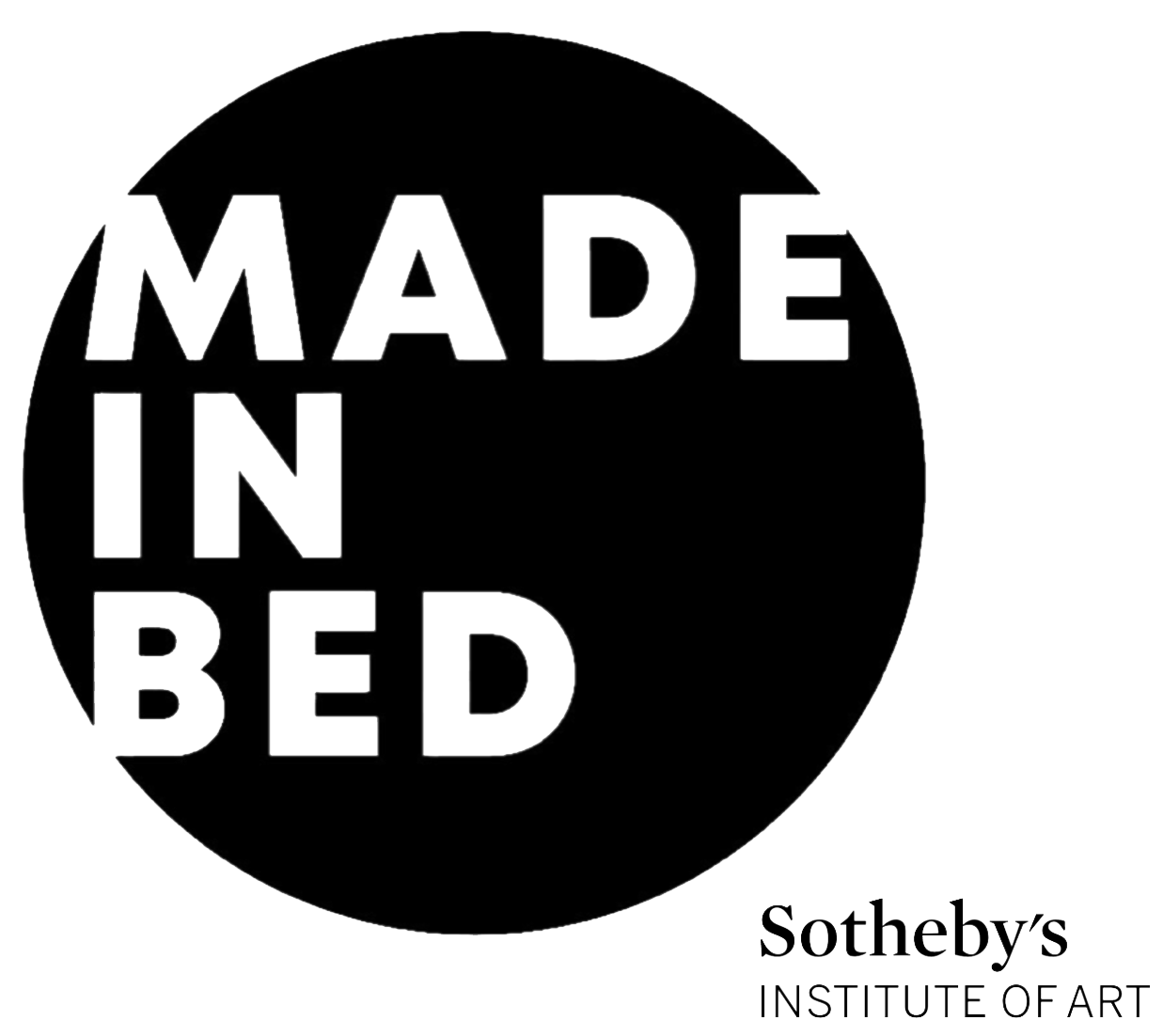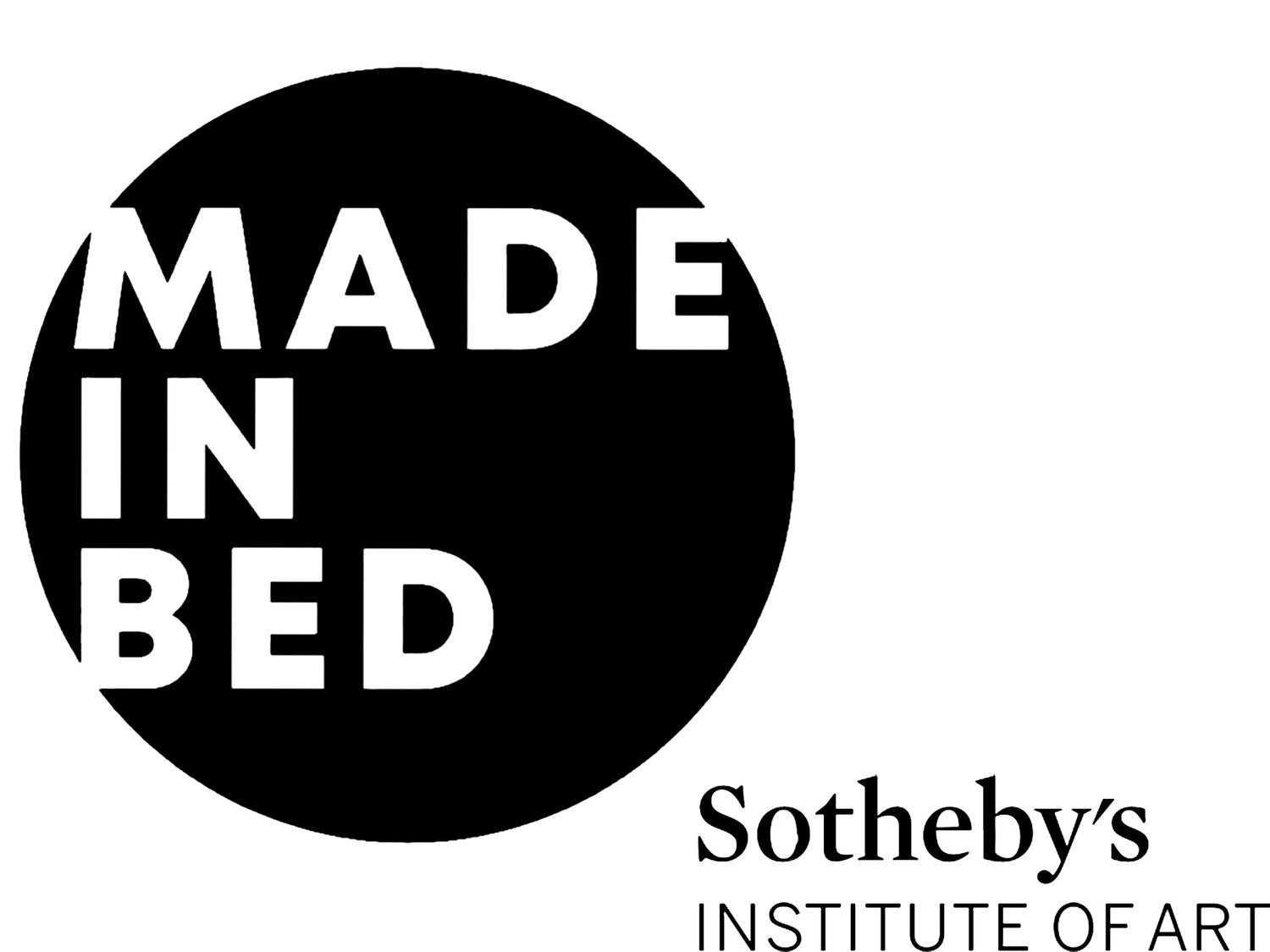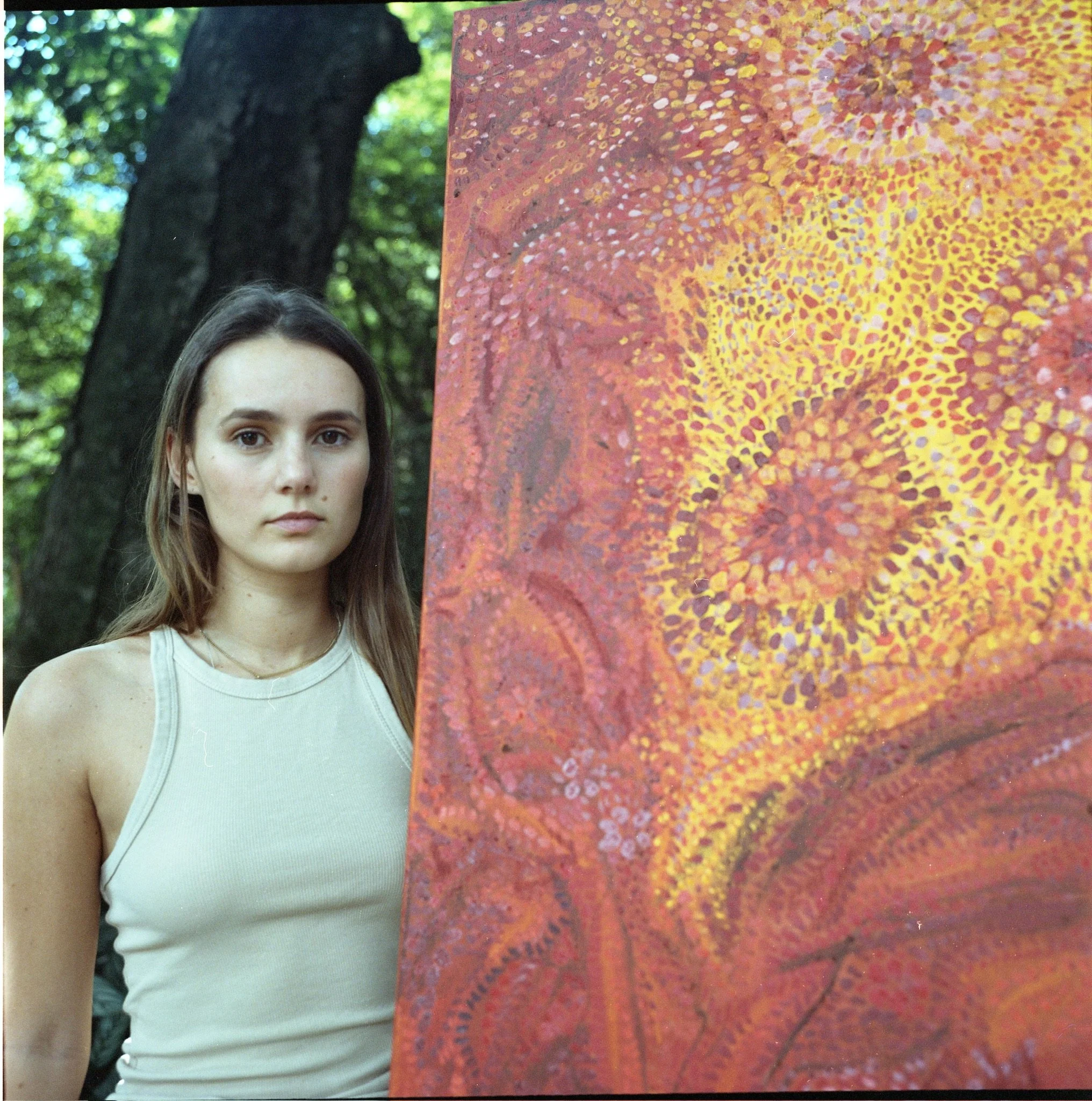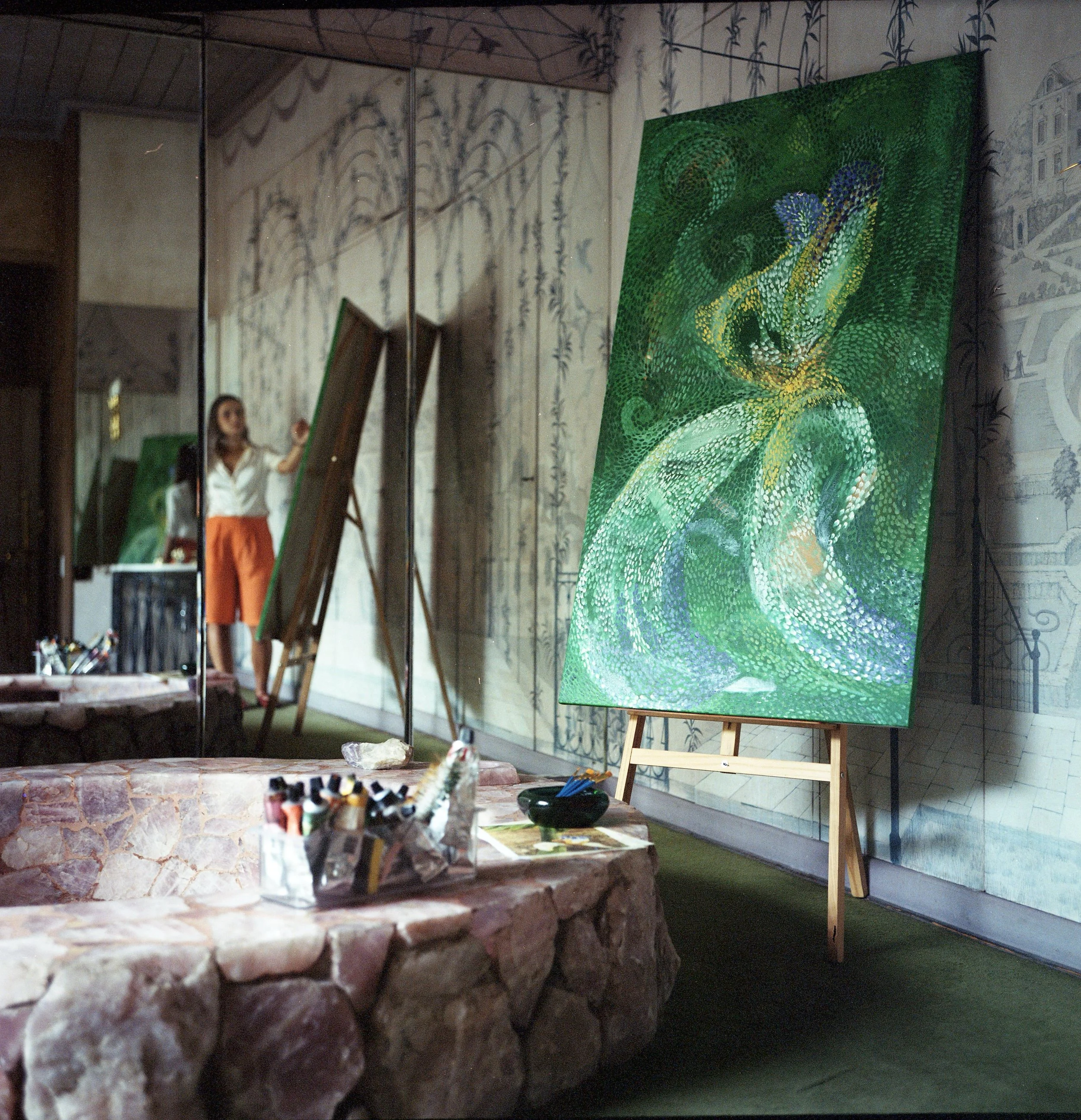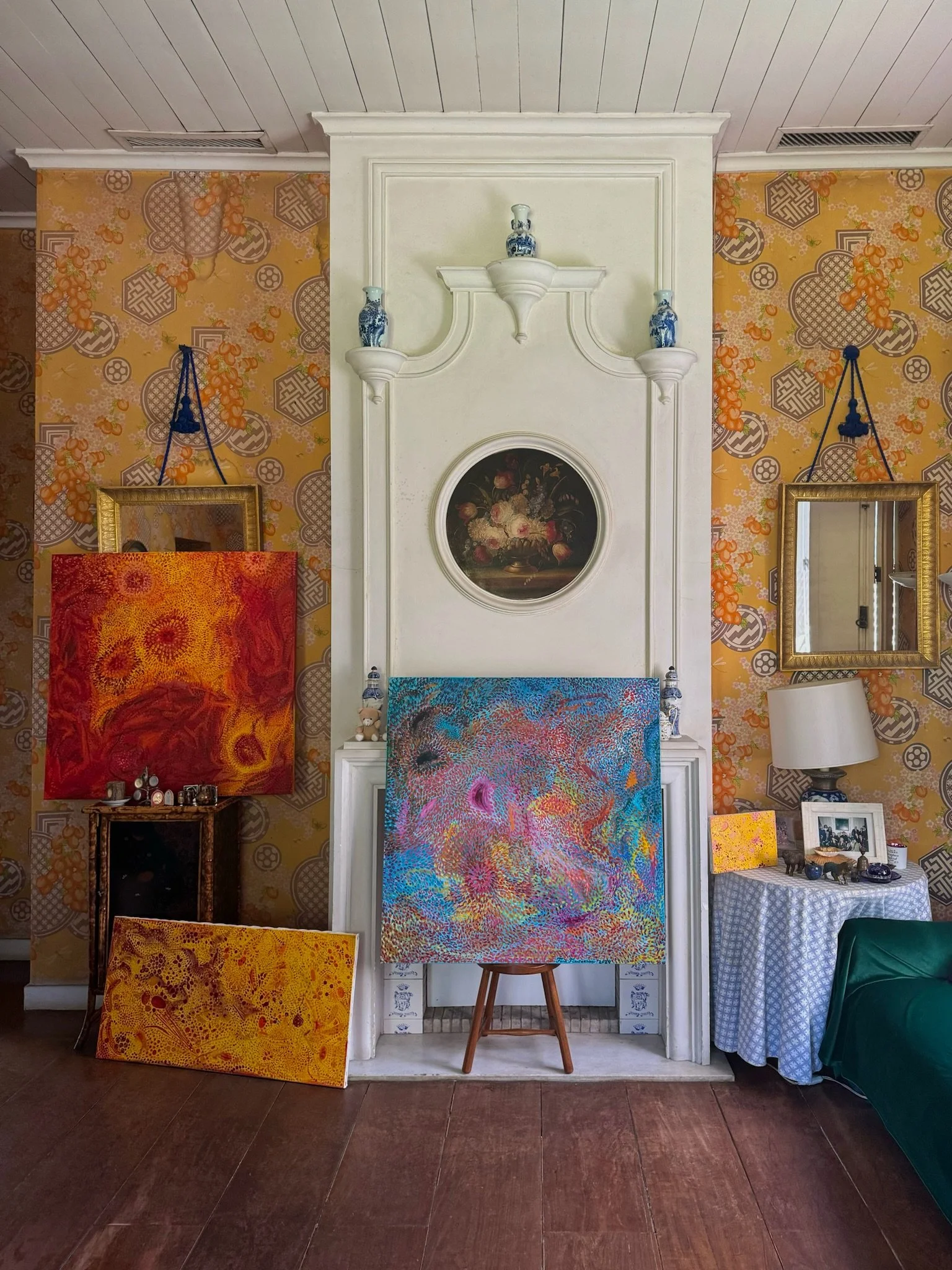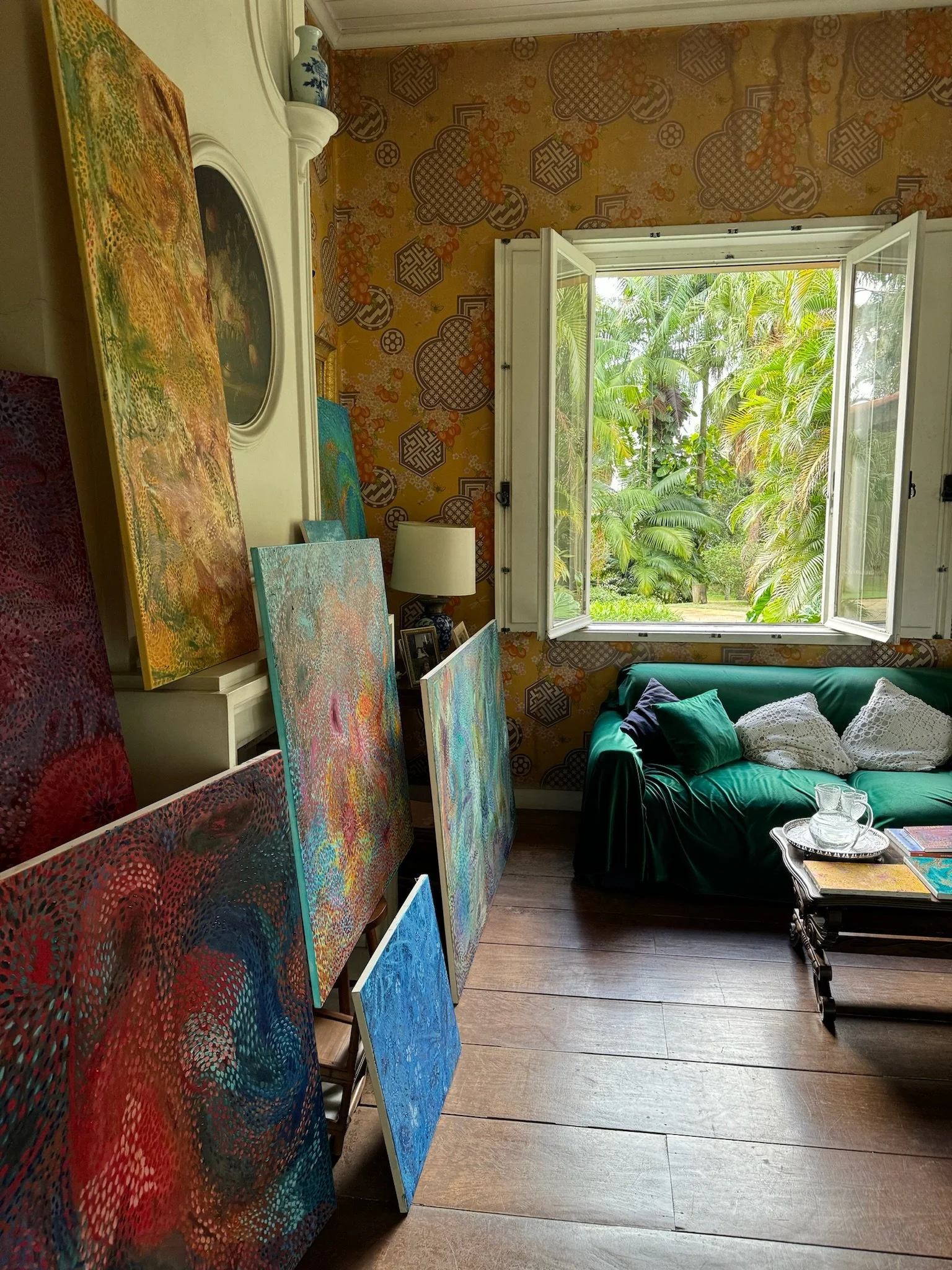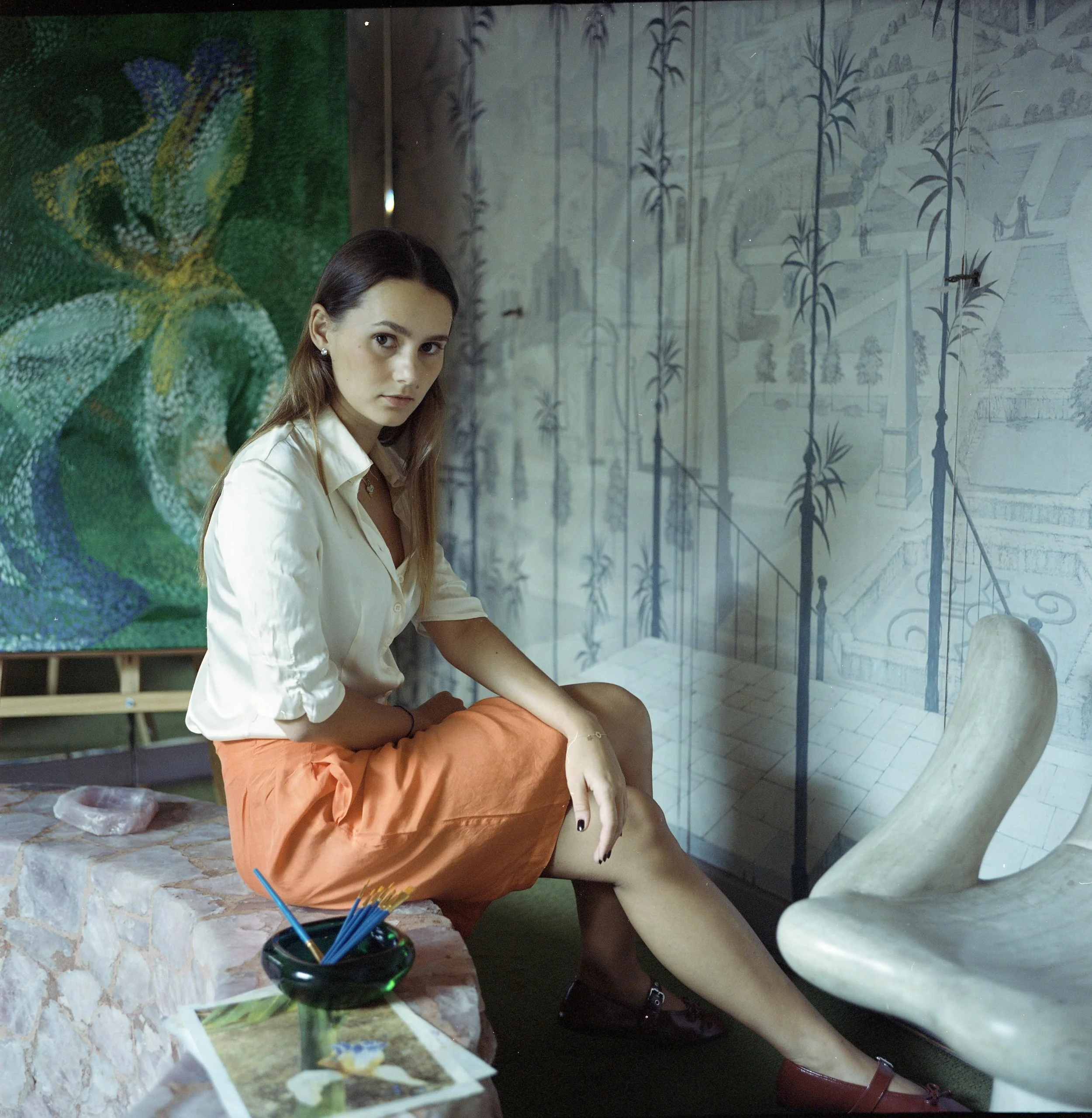Fiona von Fürstenberg
Fiona von Fürstenberg doesn’t paint landscapes, portraits, or concepts. She paints sensations. She paints what often has no name: presence, contemplation, gratitude. She does so with an intimate, unmistakably personal language and a devotion that cannot be faked. Cheia de Graça, her first solo show at Secteur Privé in London, is her introduction to the world, a defining moment in her trajectory as an artist. It is the first time that Fiona’s profoundly intimate practice steps fully into view, offering a body of work that is not only deeply personal but also remarkably mature in its sensorial and spiritual resonance. This debut holds particular weight precisely because it reveals an artist coming into her own, unapologetically and with clarity of vision.
Fiona von Fürstenberg. Photo Courtesy: Gustav von Fürstenberg
Born in Brazil and of German-Italian descent, Fiona has spent the past two years between Brazil and London. During this time, she trained under the mentorship of legendary gallerist Luisa Strina and acclaimed Brazilian artist Rodrigo Bivar. Fiona comes from a lineage shaped by a powerful creative drive: her grandmother, aunt, great-grandmother—all of whom were artists. Yet, her path to becoming an artist herself was neither immediate nor linear: “My whole family is deeply connected to art, and that’s why I initially didn’t want to be an artist. It felt like it would be too much of a cliché for me... So I studied business, but right after graduating, I started working in a gallery because I knew that’s what I truly loved. I was always making art on the side—painting even while working, or when I was in school, or during childhood… I remember living for painting as a child, but then I had a huge argument with my art teacher and started to hate it. I stopped altogether and shifted my focus to photography and sculpture. I went two or three years without painting at all. Until one day, I found my way back.”
Fiona von Fürstenberg. Photo Courtesy: Gustav von Fürstenberg
That return came as an epiphany—a reconnection with her intuition. “One night, I had a dream that I needed to try again… So I did—and it worked. I felt like I was starting to find myself." Since then, her visual language has evolved between figuration and abstraction, increasingly centered on the sensory and the spiritual. “That was the beginning of my path toward abstraction. I found that Pointillism became something very sensory in my practice. What I wanted to express was a message of gratitude—of finding beauty in the tiny, the simple, the everyday things that are often overlooked. The dot-by-dot process helps me stay present, to understand that I am a point within a whole. That smallest part of the greatest whole.” Although her practice is deeply intuitive, Fiona is preparing to further professionalize her work by pursuing a Master’s degree in Painting at the Royal College of Art. “I want to take my work to another level—fully explore color, improvise, integrate materials, open myself to sculpture, to photography. I’m excited to learn and grow.”
Fiona von Fürstenberg. Photo Courtesy: Gustav von Fürstenberg
The pursuit of presence is deeply woven into Cheia de Graça, conceived at her family home in Brazil after the passing and in honour of her grandmother, Graziella. “It was a way to say thank you, to feel connected, to pay tribute.” The resulting series of paintings is raw, contemplative, and imbued with spiritual resonance. Each canvas becomes a ritual, a testament to resilience, and an homage to her grandmother’s enduring presence. She became the wellspring of gratitude, devotion, and connection that infuses the entire series.
Photo Courtesy: Fiona von Fürstenberg
Fiona cites influences ranging from Impressionism and Rococo to Brazilian folk art. She speaks passionately about Pierre Bonnard—“a master of color”—and self-taught artists like Jose Antonio da Silva, whose formal and compositional freedom is deeply inspiring to her. She also draws nourishment from poetry, which she writes almost daily as a practice of introspection and creative channeling. “My process for starting a painting—and this has been true for over a year—includes writing a lot of poetry. I had a phase where I wrote a poem every day, as a way to let inspiration flow and to understand what I was feeling. It was a way to translate my emotions into something tangible. Later, those poems would evolve and give shape to the painting, helping to channel those sensations onto the canvas.”
Photo Courtesy: Fiona von Fürstenberg
Cheia de Graça, her first solo exhibition at Secteur Privé marks the public unveiling of a young artist whose work pulses with intimacy, memory, and a deep sense of place. Secteur Privé provides an ideal setting for such a debut. With its eclectic history, as a former political salon frequented by Churchill, a recording studio, and a hologram laboratory, the space carries layers of memory, experimentation, and reinvention. It is a site that honors transformation, making it a fitting backdrop for Fiona’s evolution as an artist. In this space, Cheia de Graça becomes a ritual of emergence, one that affirms the quiet power of the minimal, the intuitive, and the unseen.
Fiona von Fürstenberg. Photo Courtesy: Gustav von Fürstenberg
Find out more about Fiona’s work on Instagram
Cheia de Graça opens on June 12, 2025, at Secteur Privé in London.
Mariana Duque Mordecai
Social Media Manager, MADE IN BED
